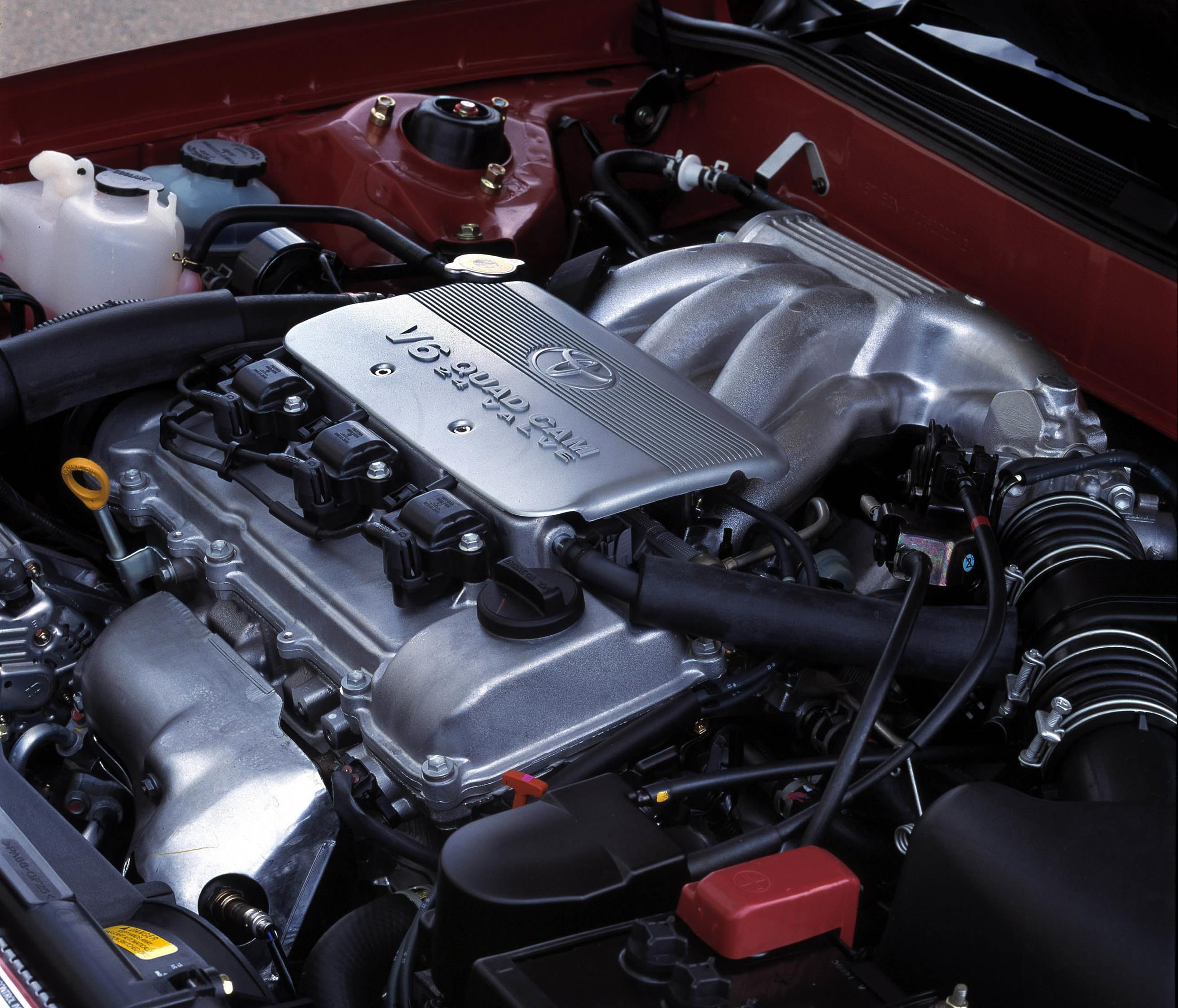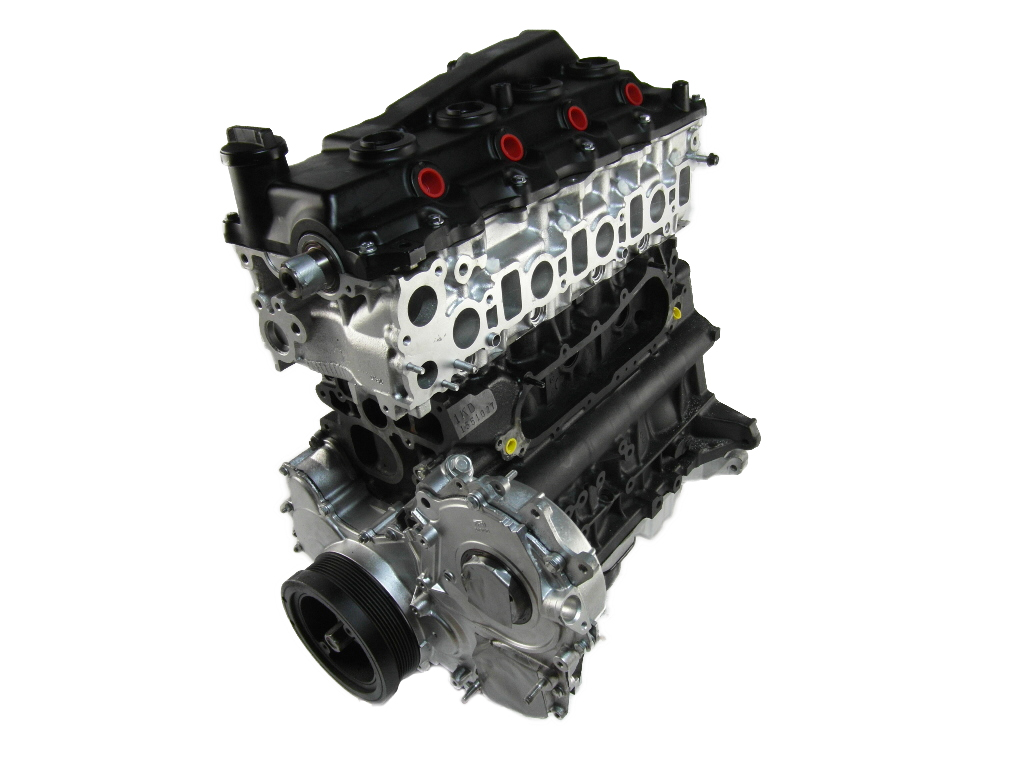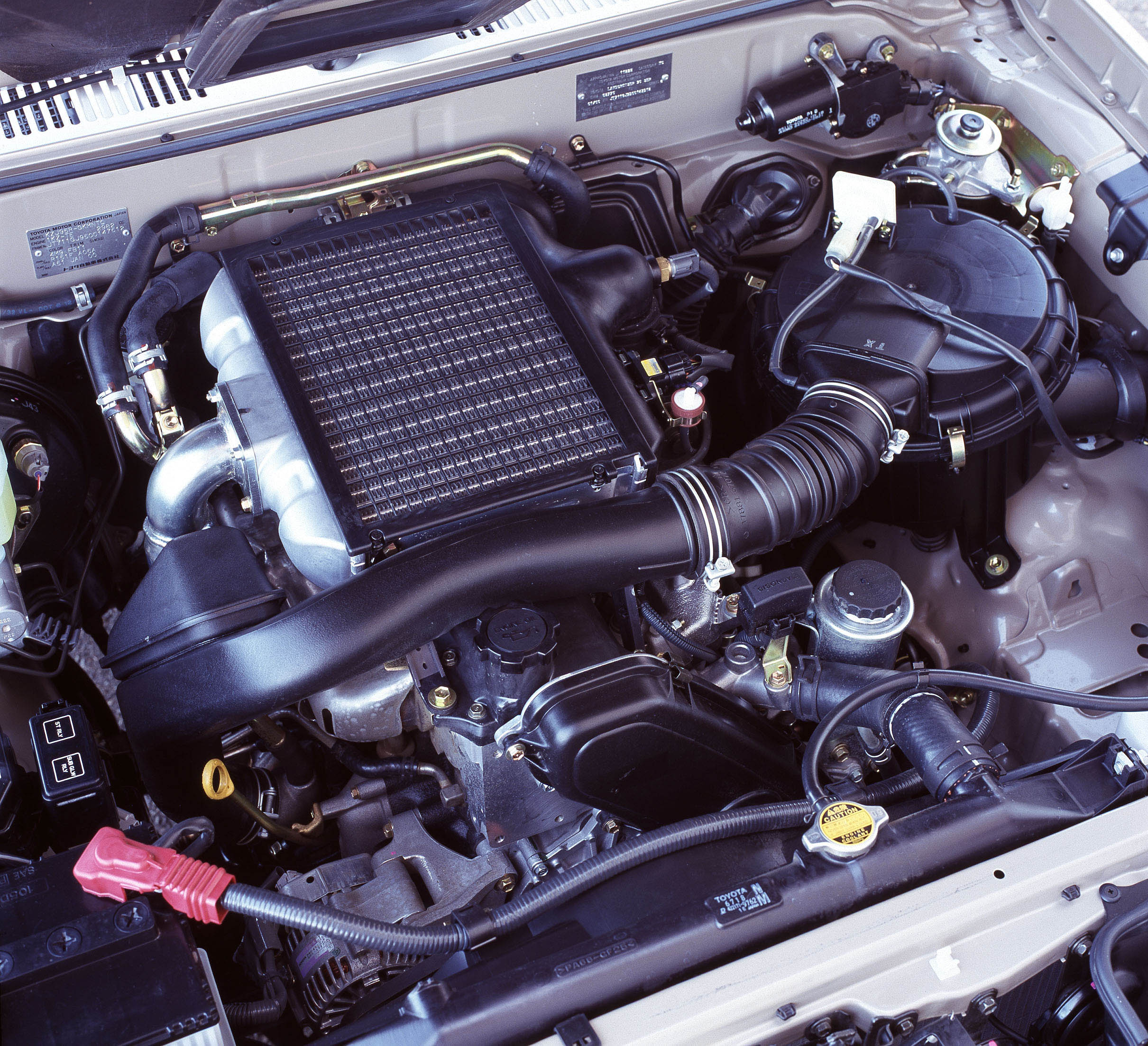Introduction
The Mazda LF-DE was a 2.0-litre four-cylinder petrol engine that was first introduced in the 2004 Mazda BK Mazda3. In 2005, the LF-VE engine was introduced in the Mazda NC MX-5; it differed from the LF-DE in that it had variable intake valve timing (Mazda’s ‘Sequential Valve Timing’ or S-VT). For the BK Mazda3, the LF-DE was replaced by the LF-VE in 2006; this engine was also carried over for the Mazda BL Mazda3 which was offered from (2009 to 2013).
Please note that this article does not consider the related LF-VD Mazda engine which featured direct injection.
| Code | Model | Engine | Trans. | Power | Torque | Years |
|---|---|---|---|---|---|---|
| LF-DE | Mazda BK Mazda3 | 2.0-litre petrol I4 | 5sp man., 4sp auto |
104kW at 6500rpm | 181Nm at 4500rpm | 2004-06 |
| LF-VE | Mazda BK Mazda3 | 2.0-litre petrol I4 | 5sp man., 4sp auto |
108kW at 6500rpm | 182Nm at 4500rpm | 2006-09 |
| Mazda BL Mazda3 | 2.0-litre petrol I4 | 6sp man., 5sp auto |
108kW at 6500rpm | 182Nm at 4500rpm | 2009-13 | |
| Mazda NC MX-5 | 2.0-litre petrol I4 | 6sp man., 6sp auto |
118kW at 6700rpm | 182Nm at 5000rpm | 2005-09 | |
| 6sp man. | 118kW at 7000rpm | 188Nm at 5000rpm | 2009-15 | |||
| 6sp auto | 118kW at 7000rpm | 188Nm at 5000rpm | 2009-15 |
Block
The LF-DE and LF-VE engines had precision gravity sand-cast cylinder blocks that were made of high-grade aluminium alloy, while cast-iron cylinder sleeves were cast directly into the block. With 87.5 mm bores and an 83.1 mm stroke, the LF engines had capacities of 1998 cc. The cylinder blocks were deep skirt types and formed a ladder frame structure with the integrated main bearing cap. The water jacket of the cylinder block was a closed-deck type.
Unlike the related 2.3-litreL5-VE engine, the LF-DE and LF-VE engines did not have balancer shafts.
Crankshaft, connecting rods and pistons
With the exception of the post-2009 Mazda MX-5, the LF-DE and LF-VE engines had iron crankshafts with four counterweights which operated on five bearings; to prevent movement, the crankshaft pulley had a torsional damper. From 2009, the Mazda NC.II MX-5 had a forged steel crankshaft. Further changes that were introduced for the Mazda NC.II MX-5 are described under ‘2009 Mazda MX-5 changes’, below.
The LF engines had sinter-forged connecting rods with fraction-split ends. For the BK and BL Mazda3, the aluminium alloy pistons had graphite-coated skirts to reduce friction; for the Mazda NC MX-5, however, a bolybdenum coating was used. To reduce piston-slapping noise, the pistons were offset by 0.8 mm.
Cylinder head and valvetrain
The cylinder heads for the LF-DE and LF-VE engines were made from aluminium-silicon alloy which was thermally treated for strength and durability after the casting process. The double overhead camshafts were driven by a maintenance-free, link grounding type chain; the timing chain was automatically tensioned using oil pressure and the spring force in the chain tensioner. To improve abrasion resistance, the pin part of the chain was nitride-treated.
The four valves per cylinder – which had an included valve angle of 39 degrees – were actuated by mechanical bucket tappets. The tappets were precision-fitted during assembly and did not require adjustment shims; instead, valve clearance was adjusted by the different thickness of the bucket tappets. To improve abrasion ressitance, the intake and exhaust valves were subject to the ‘Tufftride’ (ferritic nitrocarburising) process.
For the LF-DE engine, intake and exhaust valve lift were 8.8 mm and 7.7 mm, respectively. For the LF-VE engine, however, intake valve lift was increased to 9.1 mm.
LF-VE: Sequential Valve Timing (S-VT)
For the S-VT system in the LF-VE engine, the variable valve timing actuator consisted of a housing case that was integrated to the camshaft sprocket, a cover, a camshaft-integrated rotor and a stopper pin that locked the rotor and case when the engine stopped. The variable valve timing actuator contained two hydraulic chambers – a valve timing advance chamber and a valve timing retard chamber – which were located between the integrated housing of the camshaft sprocket and the camshaft integrated rotor. An oil pump supplied engine oil to each chamber and this pressure – controlled by the oil control valve (OCV) – varied the position of the camshaft relative to the sprocket.
Strategies for the S-VT system may be summarised as follows:
- When idling or under light loads, valve overlap would be reduced so that less exhaust gas would be returned to the intake port – this stabilised idle speed and improved fuel economy;
- At medium loads, valve overlap would be increased to increase the exhaust gas recirculation ratio inside the cylinder – this reduced engine friction loss (pumping loss), lowered the combustion tempeature and reduced the nitrous oxides in exhaust gases;
- Under heavy loads and low-to-middle engine speeds, the intake valve would close early to enhance torque;
- Under heavy loads at high engine speeds, intake valve closure would be delayed to enhance power; and,
- At low temperatures, overlap would be minimised to prevent combusted gas from returning to the intake port and to reduce the additional fuel injection amount – this improved fuel economy and stabilised fast idle speed.
Valve timing
As per the table below, the LF-DE engine had valve overlap of 8 degrees, intake duration of 236 degrees and exhaust duration of 221 degrees. For the LF-VE engine, valve overlap ranged from -1 to 29 degrees, intake duration was 242 degrees and exhaust duration was 221 degrees.
| Code | Valves | State | Timing |
|---|---|---|---|
| LF-DE | Intake | Open | 4° BTDC |
| Close | 52° ABDC | ||
| Exhaust | Open | 37° BBDC | |
| Close | 4° ATDC | ||
| LF-VE | Intake | Open | 5° ATDC to 25° BTDC |
| Close | 67° to 37° ABDC | ||
| Exhaust | Open | 37° BBDC | |
| Close | 4° ATDC |
Variable Length Intake Manifold
For the Mazda BK.II Mazda3 and BL Mazda3, the LF-VE engine had a variable length intake manifold that was referred to by Mazda as a variable induction system or VIS. At low engine speeds, the intake runners would have a longer path to increase the pulsing effect of the airflow and draw more air into the cylinder. At higher engine speeds, however, a valve would open to shorten the length of the intake runners, reduce intake resistance and allow a greater volume of air into the cylinder for top-end power.
For the Mazda NC MX-5, the valve in the intake manifold remained closed between 3250 rpm and 5000 rpm to enhance torque. At 5000 rpm, however, the valve would open; in this state, the runners were no longer the same length such that a ‘throaty rumble sound’ was produced.
Variable Tumble Control System
For European-delivered Mazda MX-5s, the intake runners for the LF-VE engine were fitted with tumble swirl control valves (TSCVs) which were controlled by a solenoid actuator. During light-load operations such, the valves would open to increase the velocity of the intake charge, improve mixture formation and reduce emissions. At higher engine speeds, understood to be around 3750 rpm, the valves would open to enhance power output.
Injection and ignition
The LF-DE and LF-VE engines had sequential, multi-point electronic injection and distributorless ignition system (i.e. direct ignition coils). While the LF-DE engine and LF-VE engines for the BK Mazda3 andBL Mazda3 had a compression ratio of 10.0:1, the Mazda NC MX-5 had a compression ratio of 10.8:1.
Exhaust
To reduce engine back-pressure and quickly heat the catalytic converter, Mazda used a fabricated stainless steel exhaust manifold with welded tubes. The exhaust manifold had a heat-insulating layer which surrounded the area where the four runners combined and a longitudinally-mounted divider plate in the exhaust pipe. According to Mazda, this design:
- Combined the heat retention benefits of a single pipe structure with the engine performance benefits of a dual-pipe structure;
- Eliminated the need for a close-coupled catalytic converter; and,
- Reduced back pressure.
For the 2009 BL Mazda3, Mazda introduced a new catalyst material structure that allowed precious metal particles smaller than 5 nanometres in diameter to be embedded in it. In contrast to previous catalysts, these ‘single nano particles’ could remain fixed in their original positions when exposed to exhaust gases to maintain their surface area and prevent them from combining with other particles. As a result, the three-way catalyst for the Mazda BL Mazda3 had 70 per cent less precious metals in it than its predecessor.
2009 Mazda MX-5 changes
For the NC.II MX-5, changes for the 2.0-litre LF-VE four-cylinder engine included:
- A forged crankshaft to reduce vibrations at higher engine speeds;
- New fully-floating pistons with higher pin-boss reliability;
- New-design valve springs to suppress valve ‘bounce’ at higher engine speeds;
- More durable material for the connecting-rod bearings;
- New connecting-rod bearings;
- Maximum power was produced at 7000 rpm;
- Maximum engine speed increased to 7500 rpm for models with manual transmissions; and,
- An Induction Sound Enhancer (ISE) which transmitted induction noise into the cabin via a plastic duct in the dashboard.










